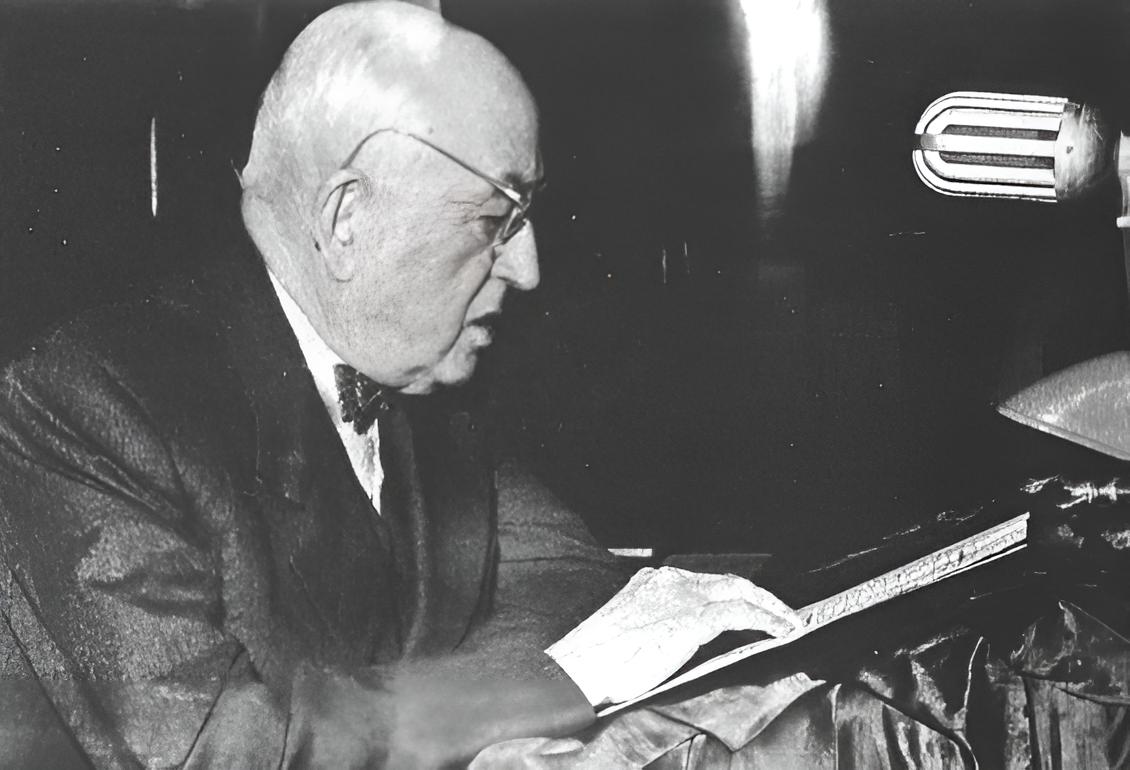Milutin Milanković was a Serbian mathematician, astronomer, and geophysicist whose groundbreaking work revolutionized our understanding of Earth’s climate cycles. He developed a comprehensive theory explaining how variations in Earth’s movements affect climate over thousands of years. His ideas provided a mathematical foundation for the timing of ice ages, linking them to changes in Earth’s orbit and axis. Milanković’s theory has been instrumental in advancing the field of paleoclimatology and remains a cornerstone in climate science today. Understanding his contributions is essential for grasping the complexities of Earth’s past and future climate changes.
A Brief Biography
Born on May 28, 1879, in Dalj, Croatia-Slavonia (then part of Austria-Hungary), Milutin Milanković pursued civil engineering at the Vienna University of Technology, where he earned his doctorate in 1904. He initially worked as a structural engineer but shifted his focus to academia in 1909, becoming a professor of applied mathematics at the University of Belgrade. During World War I, while interned in Budapest, he dedicated himself to studying cosmic influences on Earth’s climate. Milanković published “Kanon der Erdbestrahlung” (The Canon of Insolation of the Earth) in 1941, a seminal work outlining his theories on climate cycles. He continued his research until his death on December 12, 1958, leaving a lasting legacy in the scientific community.

Milanković’s Theory of Climate Cycles
Milanković proposed that long-term climate changes, including ice ages, are primarily driven by variations in Earth’s orbital characteristics—eccentricity, axial tilt (obliquity), and precession. Eccentricity refers to changes in the shape of Earth’s orbit around the sun, shifting from more circular to more elliptical on cycles of about 100,000 years. Axial tilt, varying between 22.1° and 24.5° over approximately 41,000 years, affects the severity of seasons. Precession, the wobble of Earth’s axis, alters the timing of seasons over a cycle of about 26,000 years. These variations, collectively known as Milanković Cycles, change the distribution and intensity of solar radiation (insolation) received by Earth, thus influencing climatic patterns over geological timescales.
Validation and Impact of the Theory
Milanković’s mathematical models correlated with geological evidence, such as sediment layers and ice cores, which indicated cyclical climate changes corresponding to his calculated cycles. In the 1970s, studies of deep-sea cores provided empirical support for his theory by showing periodicities that matched Milanković Cycles. His work bridged astronomy and geology, offering a quantifiable explanation for the timing of ice ages and interglacial periods. The Milanković Cycles are now integral to climate science, aiding in the development of predictive models and enhancing our understanding of Earth’s climatic history. His theory underscores the significant impact of celestial mechanics on Earth’s environment.
The Potential Return of Ice Ages
According to Milanković’s calculations, Earth should naturally enter another glacial period in the future due to predictable changes in its orbital parameters. However, the current trend of global warming, driven by human activities and increased greenhouse gas emissions, may delay or alter this natural progression. The interplay between anthropogenic climate change and natural Milanković Cycles introduces complexities in forecasting future climate scenarios. Some scientists suggest that human-induced warming could offset the cooling effects of reduced solar insolation, potentially preventing the onset of the next ice age. Ongoing research seeks to understand how these factors will converge, emphasizing the importance of Milanković’s work in contemporary climate discussions.
Historical Challenge: Can You Conquer the Past?
Answer more than 18 questions correctly, and you will win a copy of History Chronicles Magazine Vol 1! Take our interactive history quiz now and put your knowledge to the test!

